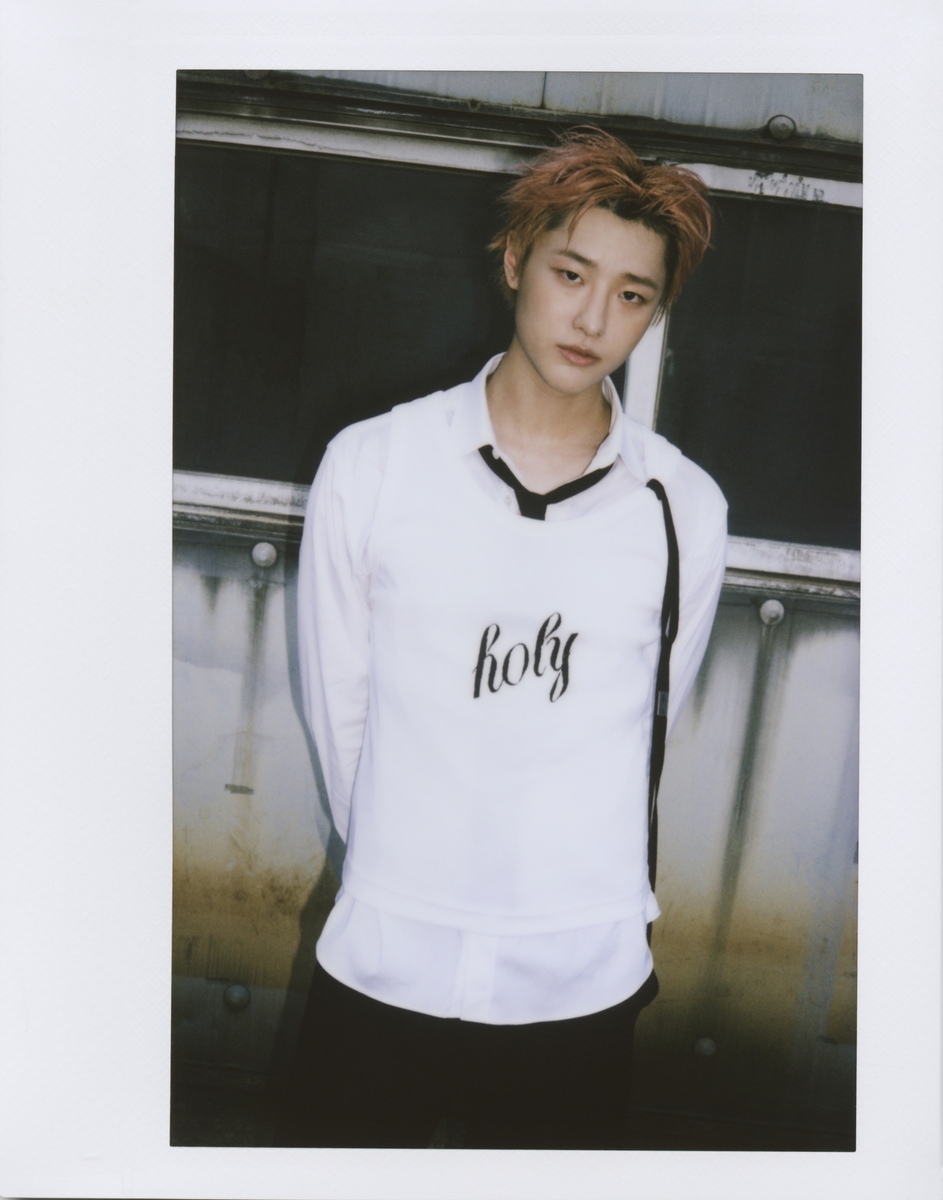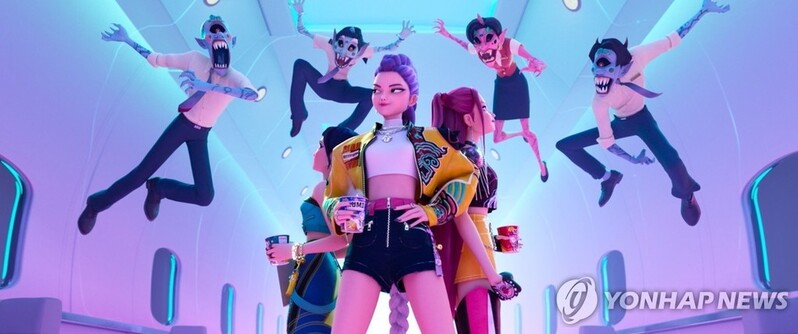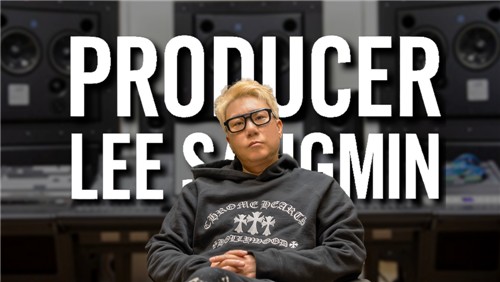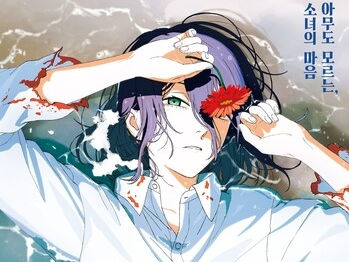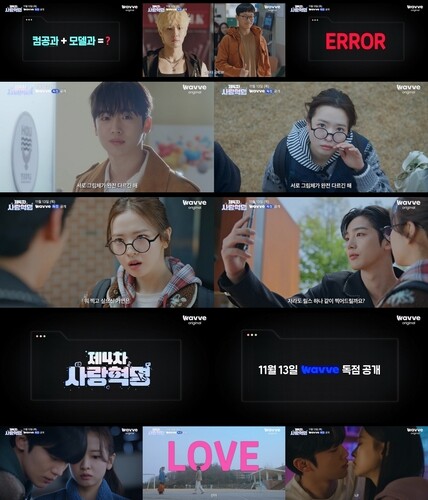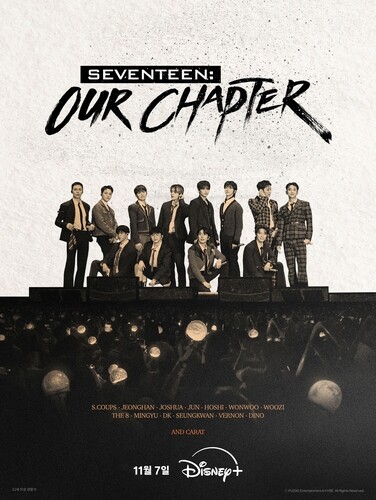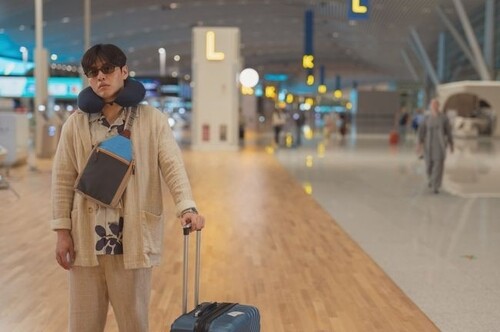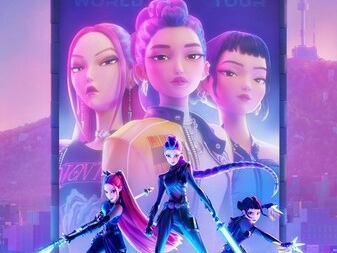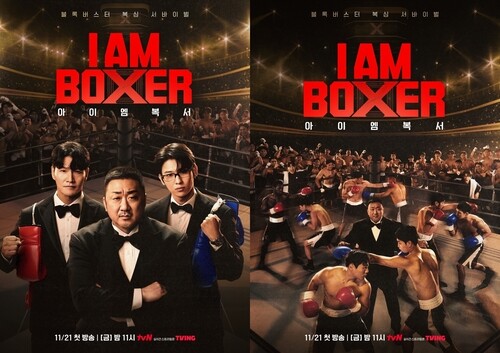 |
| ▲ This photo, provided by Seoul city, shows Samcheonggak Yuhajeong. (PHOTO NOT FOR SALE) (Yohap) |
 |
| ▲ This photo, provided by Seoul City, shows Samcheonggak Ilhwadang. (PHOTO NOT FOR SALE) (Yonhap) |
 |
| ▲ This photo, shows Seoul Mayor Oh Se-hoon looking around the terrace at Ilhwadang. Samcheonggak, where it was newly renovated and opened for the first time in 50 years is also the place where the North and South Korean representatives had a feast right after the July 4 South-North Joint Statement. (Yonhap) |
 |
| ▲ This photo, shows Seoul Mayor Oh Se-hoon looking around Samcheonggak as he hears about the exhibition titled "A Simple Festival" where it showcases the collections of Seongbuk Museum of Art. (Yonhap) |
SEOUL, June 28 (Yonhap) –- On Monday afternoon, the "Youngseongmun" greeted the reporters after the bus ride around the curvy Bugaksan road. This is the first door to enter Ilhwadang, the main building of Samcheonggak.
Behind this door, a magnificent yet quiet hanok architecture and a large garden covered with green grass awaits.
The Seoul Metropolitan Government held an event to open Samcheonggak to the press as it was newly renovated and opened for the first time in 50 years. Samcheonggak, a traditional-style building built at the foot of Bugaksan mountain, which reopened all facilities on the same day, was a place where the North and South Korean representatives had a feast right after the July 4 South-North Joint Statement. On a site of 21,115 square meters, there is the main building Ilhwadang, Yuhajeong, Cheonchudang, Cheonchudang, Chwihandang, and Dongbaekheon along with two outdoor gardens.
In the 1970s and the 1980s, it was operated as a place to receive national important guests, and in 2000, the Seoul Metropolitan Government purchased it and operated it as a traditional cultural complex. It has also been renovated from the October of 2020 for a year and 9 months.
Inside the main building, Ilhwadang, there is a Korean restaurant and a performance hall equipped with the latest facilities. The outdoor grass garden can be used for performances, international conferences, and conventions. The regular performance "Ilhwajeongdam," which consists of pansori, traditional dance, and Korean traditional music ensemble performances.
At the terrace behind the Ilhwadang Cafe, one can see the Samcheonggak hanok with the city of Seoul including the Second Lotte World far away. It is a view that takes one's breath away.
Yuhwajeong, an octagonal pavilion located at the bottom of Ilhwadang, has windows in all directions, allowing one to enjoy the beautiful scenery of Bugaksan Mountain to the fullest.
This place will be used as an educational experience venue, with traditional Korean food making experience events and wine classes being held every Thursday. The other annex, Dongbaekheon, will be used as a hanok cafe.
When one goes down the wooden stairs and passes Cheonchudang and Cheongcheondang, one will be able to see a flower garden.
After going down the wooden stairs and passing Cheonchudang and Cheongcheondang, a flower garden opened up. Ha Chae-heon, CEO of DaeKyung Intelligent, a company that operates Samcheonggak on consignment, explained, "Chwihandang and Dongbaekheon along the Samcheonggak Trail will be open to the public."
At the Chwihandang located at the end of the flower road, an exhibition titled "A Simple Festival" will be held. This exhibition showcases the collections of Seongbuk Museum of Art and will be held until August 28.
The opening ceremony held inside Ilhwadang at 6 p.m. on the same day was attended by the Seoul Mayor Oh Se-hoon, Ambassador Edgar Gaspar Martins of Angola to South Korea, and Bakyt Dyussenbayev, the Kazakh Ambassador to Korea.
"I sincerely hope that Samcheonggak will become a global Korean restaurant, a space for traditional culture transmission, and a cultural center," Mayor Oh said.
(This article is translated from Korean to English by Haemin Kim.)
(END)
(C) Yonhap News Agency. All Rights Reserved








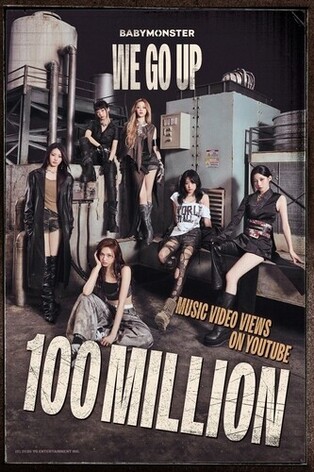
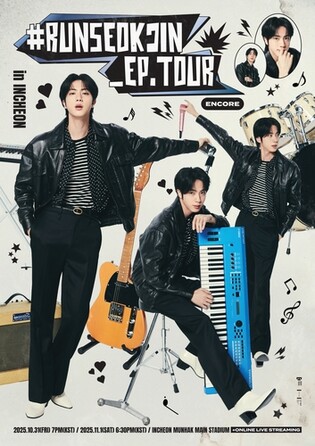
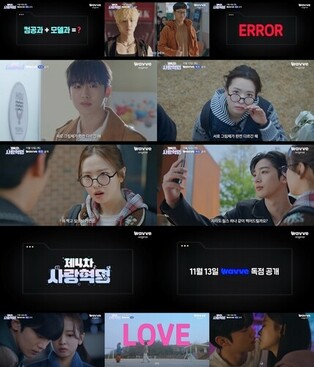
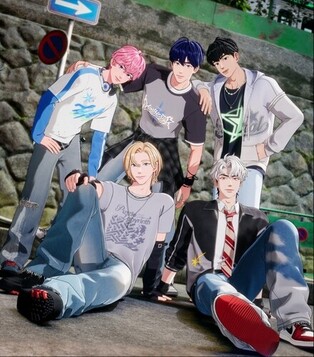
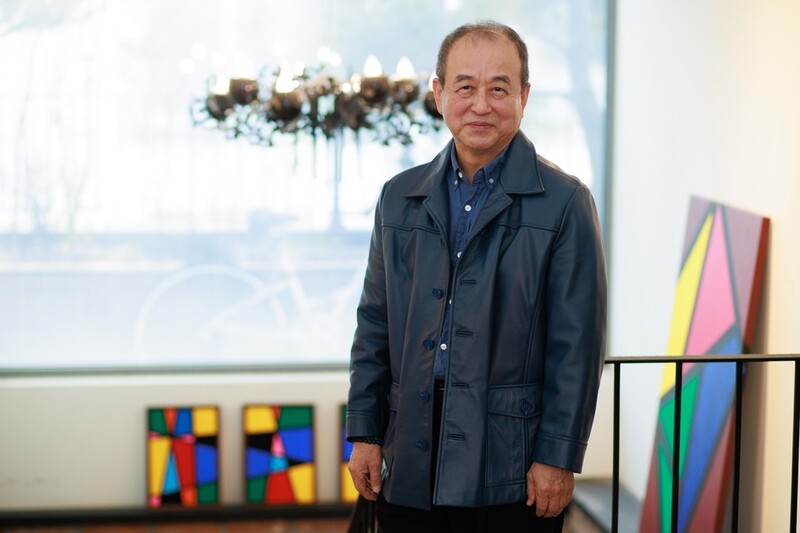
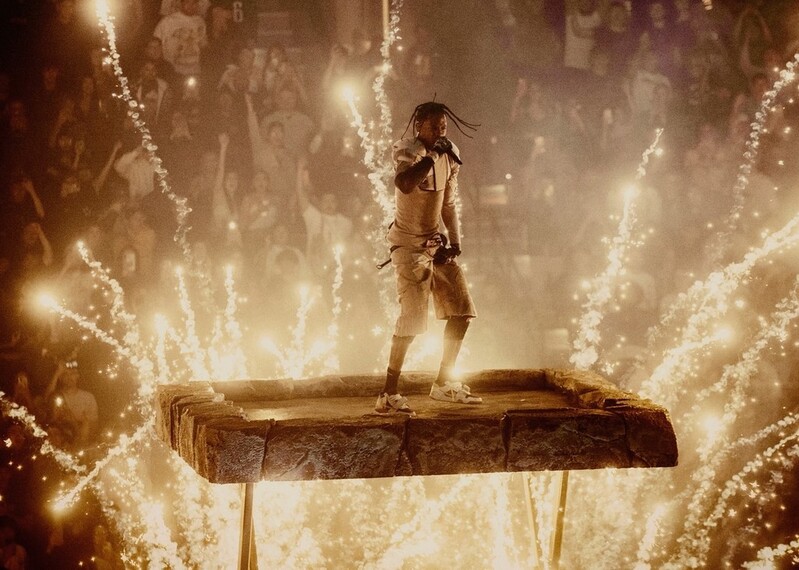
![[가요소식] 보이넥스트도어, 신보로 3연속 밀리언셀러 달성](https://korean-vibe.com/news/data/20251025/yna1065624915905018_166_thum.jpg)
